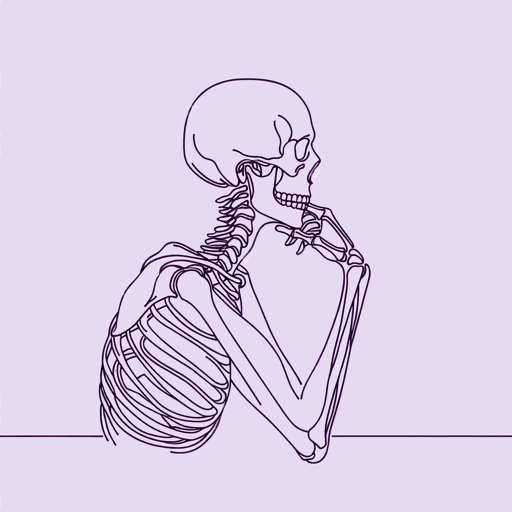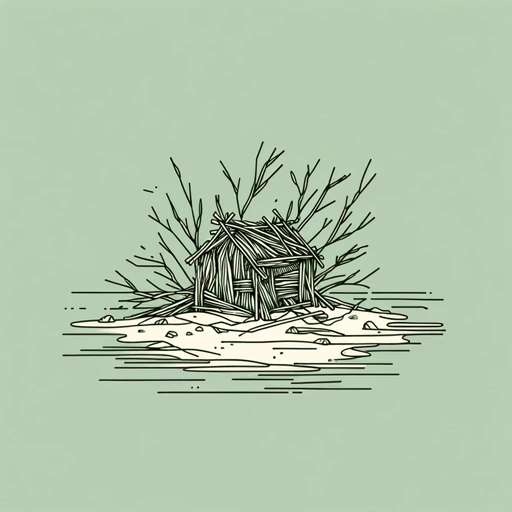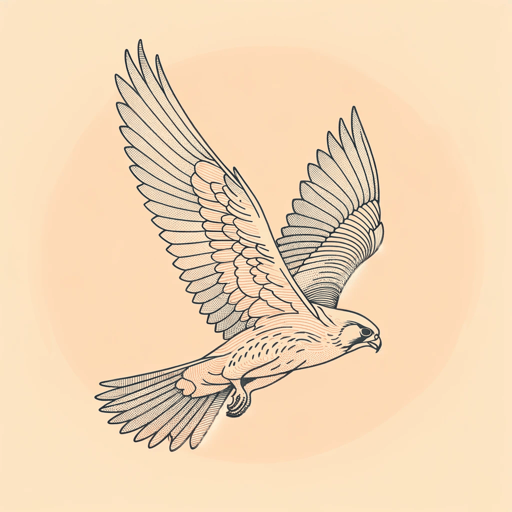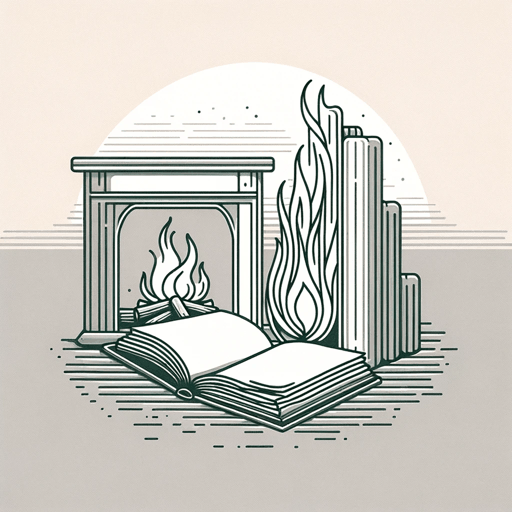17 pages • 34 minutes read
William Butler YeatsLeda and the Swan
Fiction | Poem | Adult | Published in 1924A modern alternative to SparkNotes and CliffsNotes, SuperSummary offers high-quality Study Guides with detailed chapter summaries and analysis of major themes, characters, and more.
Summary and Study Guide
Overview
“Leda and the Swan” is a sonnet by William Butler Yeats, Ireland’s most celebrated poet. The poem was first published in the June 1924 issue of The Dial and was included in the collection The Cat and the Moon and Certain Poems, which appeared that same year. In the poem, Yeats offers a retelling of a moment from Classical Greek mythology, in which Leda—the mother of Helen of Troy—conceives Helen through an act of rape by Zeus, the king of the gods, who appears in the form of a swan. Yeats depicts Zeus’s rape of Leda as both a shocking violation of a young woman and as a foreshadowing of the violent Trojan War that will later follow. The poem is a striking example of both Yeats’s elegant and compact lyrical style and his recurrent fascination with mythological themes in his work.
Content Warning: The subject matter of “Leda and the Swan” concerns an act of sexual violence, which the poet describes fairly explicitly.
Poet Biography
William Butler Yeats—sometimes known as simply W. B. Yeats—was born on June 13, 1865 in County Dublin, Ireland, to a fairly prosperous Anglo-Irish Protestant family. As a young child, the Yeats family divided their time between London, England and his mother’s extended family in County Sligo in Ireland—a place that helped cultivate Yeats’s deep lifelong love for traditional Irish landscapes and culture. His family relocated back to Dublin during his adolescence, where he attended high school. Afterward he attended the Metropolitan School of Art in Dublin for two years. In his late teens he began writing poetry, with his first publications appearing in 1885 in the Dublin University Review. In 1889 his first poetry collection appeared, entitled The Wanderings of Oisin, and Other Poems.
That same year, he met Maud Gonne, a wealthy Irish heiress who was also a strong advocate for Irish nationalism and independence from Great Britain. Maud Gonne would become one of the most important figures in Yeats’s life, as he maintained a decades-long—albeit largely unrequited—romantic passion for her, which in turn inspired many of his most famous love poems. Yeats proposed to Gonne multiple times over many years, but was rejected each time until she married fellow Irish nationalist Major John MacBride in 1903. Gonne ultimately separated from MacBride a few years later and had a brief sexual encounter with Yeats in 1908, but she continued to reject a relationship with the poet. This dynamic but unfulfilling connection with Gonne caused significant emotional strain to Yeats, who in 1917 even proposed to Maud’s daughter, Iseult, who also rejected him. He found domestic stability at last later that same year by marrying Georgie Hyde-Lees, a woman 27 years his junior. In spite of Yeats’s checkered romantic past and the couple’s large age difference, the marriage was happy and produced two children, a son and a daughter.
As a poet and writer, Yeats profoundly influenced the Irish and English literary scenes both during his own lifetime and posthumously. By temperament and style, he was always something of a Romantic: His deep mistrust of both modernity and traditional Roman Catholicism in Ireland led him to idealize Ireland’s pagan past, and he frequently drew upon Irish folktales and mythology in his early literary works, such as in the collection The Wind Among the Reeds (1899). As he grew older, his poetic interests and themes became more expansive, and, significantly, Yeats was one of the few poets whose work improved with age. In particular, his work drew praise for his elegant and tightly controlled lyrical style. Some of his major poetry collections include The Wild Swans at Coole (1917), Michael Robartes and the Dancer (1921), and The Tower (1928).
In his later years he became heavily involved in mysticism and experimented in “automatic writing”—a form of stream-of-consciousness creation in which the poet was expected to write instinctively, as if in a trance. Yeats explores some of his more esoteric spiritual and philosophical interests in A Vision, a work of prose published in 1925. Apart from his prolific output in poetry, he also became the director of the Abbey Theatre in Dublin in the early 1900s, where some of his own plays were produced, such as The Land of Heart’s Desire in 1894, Deirdre in 1907, and The Resurrection in 1927. Yeats received the Nobel Prize in Literature in 1923.
Although he was sometimes disillusioned by the political and social realities of modern Ireland, Yeats became something of a national icon in the country, especially after southern Ireland won its independence from Great Britain in 1922. He served for several years in the Irish Senate, and his literary and cultural activities actively contributed to the Celtic revival of both the pre- and post-independence years. He died while traveling abroad in 1939 at the age of 74, with his final collection, Last Poems and Two Plays, appearing that same year. Initially buried in France, his body was transported back to his beloved County Sligo for reburial in 1948, in accordance with the poet’s wishes. Yeats remains one of the most widely-read and critically-acclaimed poets of the 20th century, recognized as both a major figure of the Modernist era and as one of the presiding geniuses of the proud Irish literary tradition.
Poem Text
Yeats, William Butler. “Leda and the Swan.” 1924. Poetry Foundation.
Summary
“Leda and the Swan” is a sonnet featuring Yeats’s adaptation of a Classical Greek myth in which Queen Leda is raped by the king of the gods, Zeus, who appears to her in the form of a swan. The first stanza opens with the moment when Zeus seizes Leda, emphasizing the violent nature of the act and Leda’s inability to resist or escape the god’s advances. In the second stanza, the speaker asks rhetorical questions that center upon the sheer force Zeus exhibits toward Leda and the surrealness of their encounter. In the final stanza, the speaker alludes to Leda’s conception of Helen of Troy and foreshadows the destructive Trojan War that will eventually be fought over Helen. The poem closes with the speaker’s final rhetorical question, wondering if Leda could have foreseen the dire consequences of her encounter with Zeus who, as a god, is all-knowing.
Related Titles
By William Butler Yeats

Among School Children
William Butler Yeats

A Prayer for My Daughter
William Butler Yeats

A Vision: An Explanation of Life Founded upon the Writings of Giraldus and upon Certain Doctrines Attributed to Kusta Ben Luka
William Butler Yeats

Cathleen Ni Houlihan
William Butler Yeats

Crazy Jane Talks with the Bishop
William Butler Yeats

Death
William Butler Yeats

Easter, 1916
William Butler Yeats

No Second Troy
William Butler Yeats

Sailing to Byzantium
William Butler Yeats

The Lake Isle of Innisfree
William Butler Yeats

The Second Coming
William Butler Yeats

When You Are Old
William Butler Yeats

